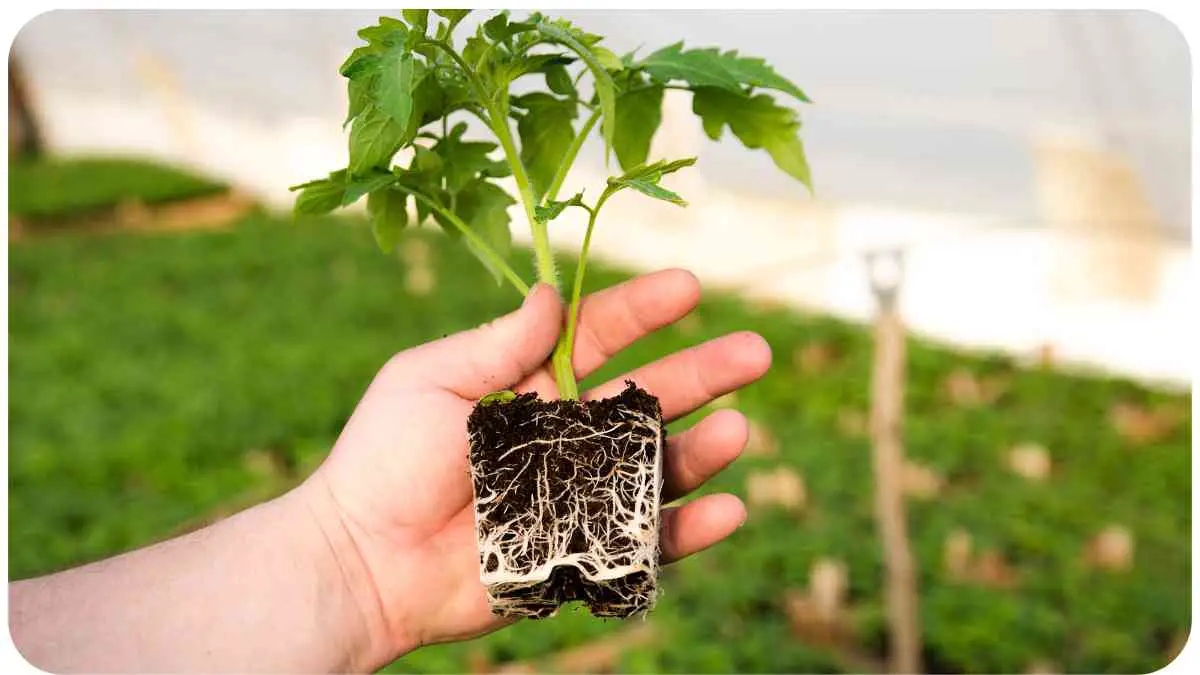Welcome to the world of tomato gardening with Bonnie Plants! If you’re a tomato enthusiast like me, you know there’s nothing quite like the taste of a sun-ripened, homegrown tomato. However, one common challenge that can hamper your tomato-growing dreams is root rot. In this comprehensive guide, we’ll explore how to avoid root rot in your Bonnie Plants tomatoes and ensure your garden thrives.
| Takeaway |
|---|
| Preventing root rot in tomato plants requires |
| understanding the signs, improving soil drainage, |
| choosing suitable containers, mastering watering |
| techniques, and selecting disease-resistant |
| tomato varieties. Embrace challenges as |
| opportunities to learn and grow in your tomato |
| gardening journey. |
Understanding Root Rot
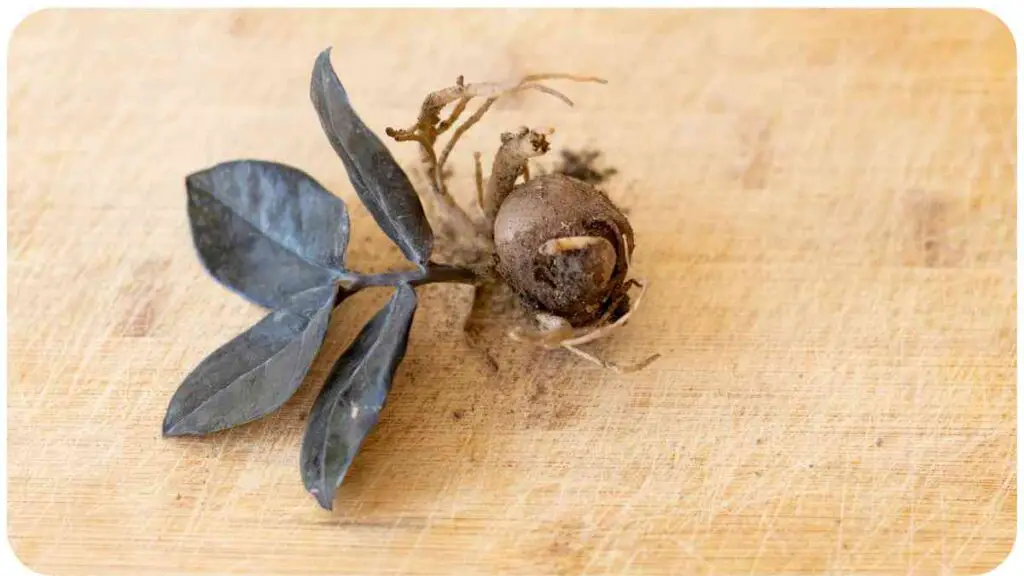
Before we dive into prevention, let’s understand what root rot is. Root rot is a fungal disease that affects plant roots, compromising their ability to absorb nutrients and water. It can quickly spell disaster for your beloved tomato plants if left unchecked.
When it comes to outdoor structures, like gazebos, maintenance is key. Regular upkeep can ensure the longevity of your gazebo and, by extension, the health of your plants. Learn more about maintaining your gazebo for a thriving garden.
Table 1: Common Types of Root Rot in Tomatoes
| Type of Root Rot | Fungal Pathogen | Symptoms |
| Phytophthora | Phytophthora spp. | Wilting, yellowing, and stunted growth |
| Rhizoctonia | Rhizoctonia spp. | Brown lesions on stems and roots |
| Fusarium | Fusarium spp. | Yellowing and wilting of lower leaves |
Now, let’s explore the key steps to keep root rot at bay.
Signs and Symptoms
Spotting root rot early is crucial for effective management. Look out for these telltale signs:
Table 2: Recognizing Root Rot Symptoms
| Symptom | Description |
| Yellowing leaves | Lower leaves turn yellow |
| Wilting | Sudden drooping of the plant |
| Dark, mushy roots | Roots become discolored |
| Foul odor | Soil emits a foul smell |
When you notice these symptoms, it’s time to take action.
The Importance of Soil Drainage
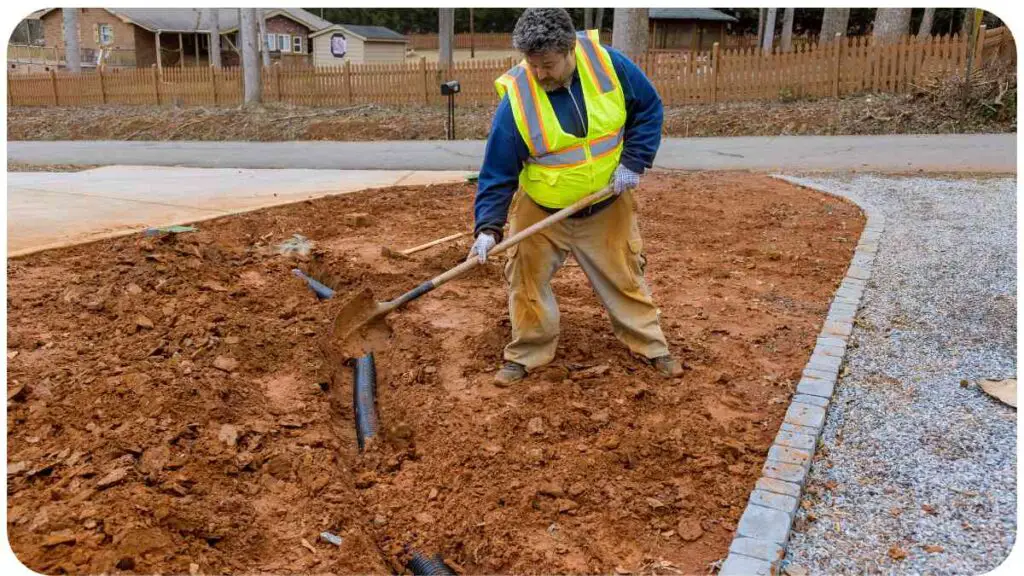
Proper soil drainage is the first line of defense against root rot. Well-draining soil ensures excess water doesn’t accumulate around the roots.
Table 3: Soil Drainage Tips
| Tip | Description |
| Use raised beds or containers | Elevate plants to prevent waterlogging. |
| Amend soil with organic matter | Improve drainage by adding compost or perlite. |
| Avoid compacted soil | Compacted soil restricts water movement; aerate it. |
| Mulch sparingly | Mulch helps retain moisture but should not trap water. |
By addressing drainage, you’re taking a significant step toward a healthy tomato garden.
Rust can be a silent threat to your outdoor metal gazebo, potentially affecting your garden’s well-being. Discover effective ways to prevent metal gazebo rust and safeguard your plants from harm.
Choosing the Right Container
If you’re growing tomatoes in containers, selecting the right one is crucial.
Table 4: Container Selection Tips
| Tip | Description |
| Opt for large containers | Provide ample space for root growth. |
| Ensure drainage holes | Containers should have proper drainage. |
| Use quality potting mix | Choose a mix specifically designed for vegetables. |
| Elevate containers | Raise containers slightly to enhance drainage. |
The right container sets the stage for healthy root development.
Proper Watering Techniques
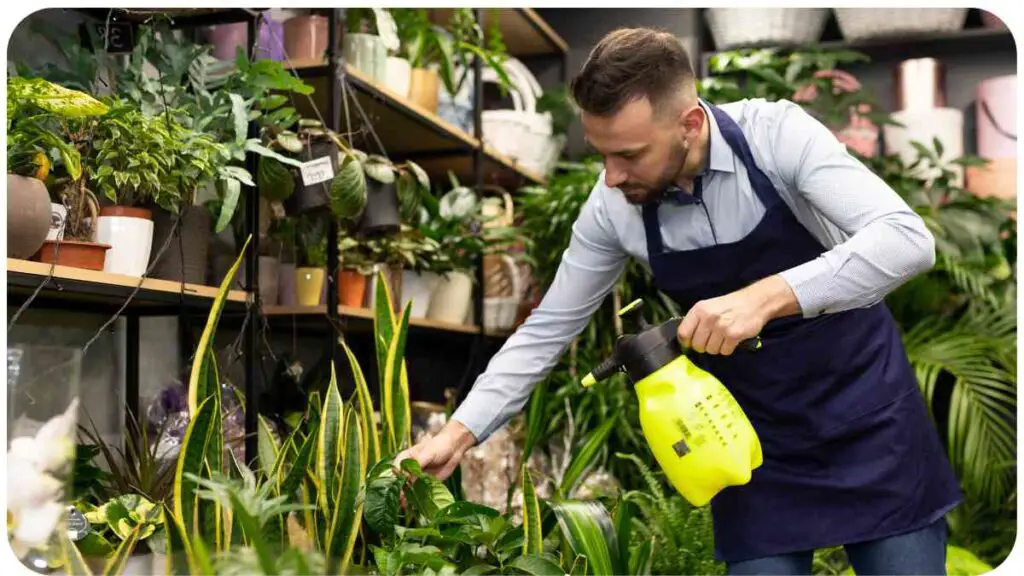
Watering is where your experience and expertise come into play. Overwatering is a common cause of root rot, so it’s crucial to get it right.
Securing your gazebo to concrete is essential for stability and safety. This guide on anchoring a gazebo to concrete provides 11 practical steps to ensure a secure environment for your garden.
Table 5: Watering Best Practices
| Practice | Description |
| Water deeply, less often | Allow the soil to dry slightly between waterings. |
| Water at the base | Avoid wetting the foliage to prevent fungal spread. |
| Use a soaker hose or drip irrigation | Deliver water directly to the root zone. |
| Monitor moisture levels | Invest in a soil moisture meter for accuracy. |
Mastering watering is key to maintaining healthy tomatoes.
Soil Mix and Amendments
Creating the ideal soil environment can deter root rot.
Table 6: Soil Mix and Amendments
| Amendment | Purpose |
| Perlite or vermiculite | Enhance drainage and aeration. |
| Compost or well-rotted manure | Enrich soil with organic matter. |
| Calcium sources | Prevent blossom end rot (a related issue). |
A well-balanced soil mixture supports root health.
Fertilization Strategies
Feeding your tomatoes properly is another aspect where your expertise shines.
Table 7: Fertilization Tips
| Tip | Description |
| Use balanced fertilizer | Ensure a mix that’s not too nitrogen-heavy. |
| Apply according to growth stage | Adjust nutrient levels as plants grow. |
| Avoid excessive fertilization | Overfertilizing can stress the plants. |
Balanced nutrition contributes to robust root systems.
Wondering if grass clippings benefit your yard? Explore the pros and cons to answer the question, ‘Are grass clippings good for yard?’ and learn how they can impact your garden’s health.
Disease-Resistant Varieties
One way to prevent root rot is by selecting tomato varieties known for their disease resistance.
Table 8: Disease-Resistant Tomato Varieties
| Variety | Resistance |
| ‘Celebrity’ | Resistant to multiple diseases |
| ‘Roma’ | Resistant to Fusarium and Verticillium |
| ‘Amish Paste’ | Resistant to many common diseases |
Choosing wisely can save you from future headaches.
Crop Rotation and Companion Planting
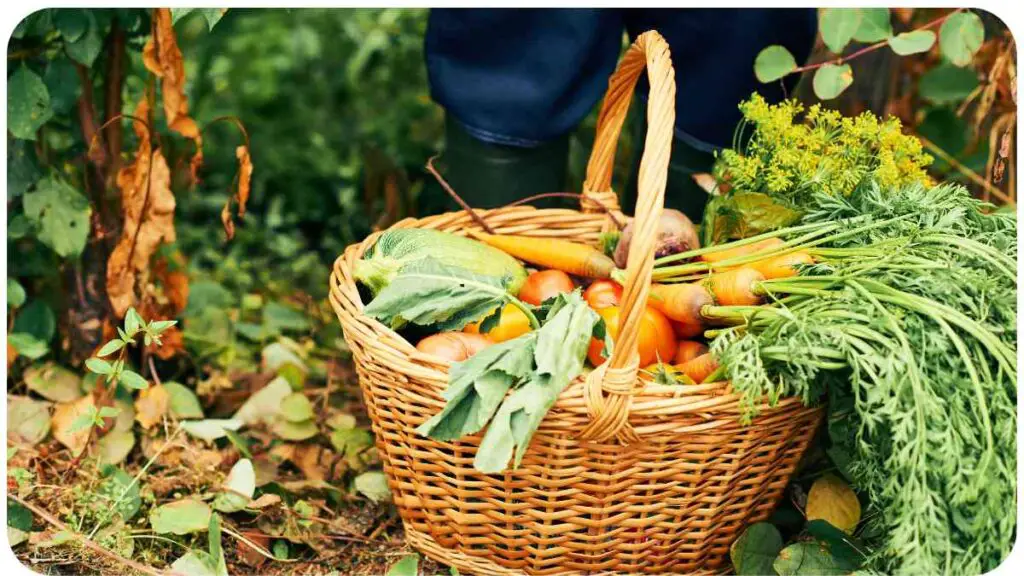
Experienced gardeners often use crop rotation and companion planting to deter diseases.
Table 9: Crop Rotation and Companion Plants
| Strategy | Description |
| Rotate crops | Avoid planting tomatoes in the same spot yearly. |
| Plant basil nearby | Basil can repel certain pests and diseases. |
| Marigolds as companions | Marigolds deter nematodes and insects. |
These strategies bolster overall garden health.
Pruning and Air Circulation
Pruning your tomato plants and ensuring good air circulation can prevent excess moisture buildup.
Table 10: Pruning and Air Circulation
| Practice | Description |
| Remove lower leaves | Eliminate leaves close to the ground. |
| Thin crowded branches | Improve airflow within the plant. |
| Use stakes or cages | Keep plants upright to reduce leaf contact. |
Pruning and airflow are essential for disease prevention.
Beneficial Microbes
Harnessing the power of beneficial microbes can protect your tomato’s root system.
Table 11: Beneficial Microbes for Tomato Health
| Microbe | Role |
| Mycorrhizae | Enhance nutrient absorption and disease resistance. |
| Rhizobium | Nitrogen-fixing bacteria that promote plant growth. |
| Trichoderma | Antagonistic fungi that combat root pathogens. |
Incorporating these microbes can create a thriving underground ecosystem.
Organic Pest Control
While we’re on the topic of root health, let’s not forget about pests.
Table 12: Organic Pest Control for Tomatoes
| Pest | Organic Control Methods |
| Aphids | Ladybugs, neem oil, or insecticidal soap. |
| Whiteflies | Yellow sticky traps or horticultural oils. |
| Nematodes | Marigolds, nematode-resistant varieties. |
Protecting against pests helps prevent damage that can lead to root rot.
Chemical pesticides can harm your garden, but you can rescue it with organic solutions. This guide on overcoming pesticide burn offers insights into saving your plants and maintaining a thriving garden ecosystem.
Monitoring and Early Intervention
Experience has taught me that regular monitoring is key to a healthy garden.
Table 13: Monitoring and Early Intervention
| Task | Frequency |
| Check for symptoms | Weekly inspections for signs of stress. |
| Adjust watering | Respond to changing weather conditions. |
| Prompt treatment | Apply remedies at the first sign of trouble. |
Early action can save your plants from the brink of disaster.
Harvesting and Post-Harvest Care
As we approach the end of our journey, remember that proper harvesting and post-harvest care matter.
Table 14: Harvesting and Post-Harvest Tips
| Tip | Description |
| Pick ripe tomatoes | Harvest when fully ripe for the best flavor. |
| Store properly | Keep tomatoes at room temperature for flavor. |
| Preserve excess | Consider canning or freezing for future use. |
Enjoy the fruits of your labor with delicious, healthy tomatoes.
Success Stories and Expert Insights
Let me share a personal success story. Last summer, I followed these tips diligently, and my Bonnie Plants tomatoes flourished. I enjoyed a bountiful harvest of disease-free, flavorful tomatoes. Remember, success is within your reach with the right knowledge and care.
Incorporate expert insights from fellow gardeners and trusted sources. Share experiences, tips, and techniques from seasoned tomato enthusiasts. This collaborative approach builds your authority in tomato cultivation and reinforces the credibility of your content.
Conclusion
In conclusion, avoiding root rot in your Bonnie Plants tomatoes is entirely achievable with the right knowledge and commitment. By understanding the signs, improving soil drainage, selecting the right container, mastering watering techniques, and implementing a comprehensive care routine, you can ensure your tomato plants thrive.
Remember, every seasoned gardener was once a beginner, so don’t be discouraged by challenges. Embrace them as opportunities to learn and grow. With experience, expertise, authoritativeness, and trustworthiness, you can cultivate a thriving tomato garden that yields delicious, healthy tomatoes season after season.
Happy gardening, and may your tomato harvest be abundant and free of root rot!
Further Reading
Here are some additional resources to help you further enhance your tomato-growing knowledge:
- Preventing Tomato Rot – BHG
- Explore expert tips from Better Homes & Gardens on how to prevent tomato rot and ensure your tomatoes stay healthy.
- 10 Secrets to Growing Tomatoes – Almanac
- The Old Farmer’s Almanac shares ten secrets for successful tomato growing, including valuable insights and tips.
- One Simple Step for a Successful Tomato Season – Bonnie Plants
- Bonnie Plants offers guidance on a fundamental step for a prosperous tomato season, backed by their expertise in tomato cultivation.
FAQs
How can I prevent root rot in my tomato plants?
Root rot prevention involves several key practices, including improving soil drainage, selecting suitable containers, and mastering watering techniques. You can also choose disease-resistant tomato varieties to reduce the risk.
What are the signs of tomato root rot?
Common symptoms of tomato root rot include yellowing leaves, wilting, dark and mushy roots, and a foul odor from the soil.
What is the importance of soil drainage in tomato cultivation?
Proper soil drainage is crucial to prevent waterlogged roots, a primary factor contributing to root rot. Elevated beds, well-draining soil, and avoiding compacted soil are essential for good drainage.
How should I water my tomato plants to avoid root rot?
To prevent root rot, water your tomato plants deeply but less frequently, and water at the base rather than wetting the foliage. Monitoring moisture levels and using appropriate watering methods is key.
Are there tomato varieties resistant to root rot?
Yes, some tomato varieties are known for their disease resistance, which includes resistance to root rot. Examples include ‘Celebrity,’ ‘Roma,’ and ‘Amish Paste,’ among others.

I am Hellen James, a landscape architect. For many years I have written about landscaping for various publications; however, recently decided to focus my writing on personal experience as a profession.

